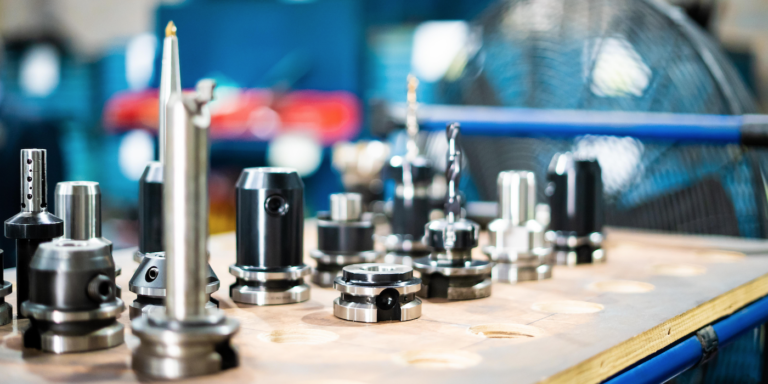Pick a number from one to ten. It must be odd and it must also be a multiple of four. The numerically literate among us will quickly spot there’s no number that satisfies the criteria. An impossible task. Engineers are often faced with similarly unsolvable problems when constrained by design options. Let’s explore the impact of poor flexibility for vehicle designs.
By definition, a constraint is a hard-quantitative limit placed on the range of possible values of a design variable. For example, a constraint could dictate that a steering ball joint for a prototype commercial vehicle must weigh between 0.5kg and 0.8kg. Or, it could state an engine must be built with an aluminium block. Design constraints come in many forms, and design engineers must work in accordance with them.
Such constraints sound frustrating, but having the right number of design constraints is a good thing. These rules keep vehicle parts fitting together and ensure there is no overlap with the geometry of other components of a vehicle.
However, being over-constrained is bad. Stricter procedures can result in unnecessary fixtures that can do more harm than good, and can severely limit design options. When planning a new vehicle project, it is best to implement the minimum number of constraints necessary to constrain a feature.
So which constraints do you keep? Some structural constraints are essential, such as defining the maximum weight of a part. These design constraints may never be relaxed by the vehicle manufacturer, as they ensure a crucial outcome for the end vehicle. In these cases, should a design engineer want more flexibility, they may need to look further afield than standard catalogue options to fulfil tight design constraints.
By just sticking to the essential design constraints, fewer rules can promote innovation and creativity, breaking conventions to enable more capable vehicles than ever before. Sounds ideal, doesn’t it? However, when the constraints are lifted, chassis design engineers often find themselves with a wealth of design freedom, but with no Tier 2 parts supplier willing to create these non-standard designs. They have every possibility, with no practical steps to implement their ideas.
Whether design engineers are faced with endless opportunities, or design impossibilities, they must work closely with part suppliers to design an optimal part. Non-standard design options for vehicle parts will help in both cases, particularly when the non-standard design order is considered too low volume by the huge multinational parts suppliers.
Design constraints will always be around, and a healthy dose of them is a good thing. Yet, with relaxed constraints, there is much more opportunity for innovation. While chassis design engineers and parts suppliers have little say in the design constraints set by the vehicle manufacturer, they can work together to produce a vehicle that fits the design brief. Remember the impossible number task at the start? If you are faced with a similarly perplexing design conundrum, it may be time to consider bespoke design.
Pailton Engineering produces steering ball joints, column designs and other steering components, including non-standard design options for vehicle parts





